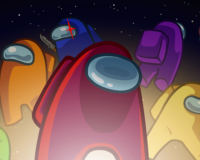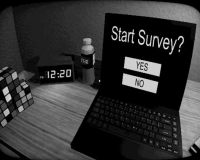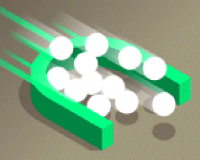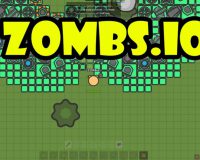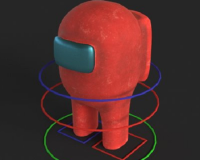
Advertisement
Titanic Simulator
Titanic Simulator is a digital experience that recreates the environment and events related to the RMS Titanic. The game places the player onboard a detailed model of the ship before and during its well-known voyage. Depending on the mode selected, players can either explore the ship freely, observe daily routines, or witness key moments during the disaster. The game’s environment includes multiple decks, rooms, and active passengers, with interactions designed to reflect historical functions and conditions.
Exploration and Ship Systems
The simulator provides access to various areas of the ship, including the bridge, dining halls, cabins, boiler rooms, and cargo holds. Players can move freely through each section and interact with objects or scripted events. Some modes focus on navigation and role-based gameplay, where players are assigned positions like crew member or passenger. This structure allows for a variety of experiences ranging from routine maintenance to participation in evacuation procedures. The systems follow the ship’s real-time cycle from departure to iceberg collision.
Main Features and Interactive Elements
Titanic Simulator includes several features that contribute to both historical immersion and player control. While some versions are single-player focused, others allow cooperative or observational multiplayer experiences. Timed events, environmental changes, and procedural triggers are included to reflect shifts during the voyage. Visual details and layout accuracy are central to the structure, with deck divisions, machinery, and furniture placed to reflect original blueprints.
Included features:
- Full interior and exterior access to Titanic’s layout
- Real-time progression of the voyage timeline
- Role selection with task-based gameplay elements
- Weather and environmental changes during the voyage
- Emergency response phases based on time and player action
Simulation Flow and Event Sequences
The game progresses through different phases, from departure and calm ocean travel to impact and response. During each phase, new systems activate. After the iceberg collision, the pace changes, introducing urgent decisions and limited time windows for action. Players can choose how to respond during this section—participate in lifeboat deployment, remain onboard, or attempt to assist others. Outcomes vary based on player movement and event timing, but the sequence follows the ship’s descent and break apart.
Titanic Simulator presents a structured scenario where players explore, observe, and interact within a confined historical setting. Rather than focusing on winning or scoring, the game emphasizes movement through space and choices under pressure. The result is a simulation that combines historical layout, player agency, and dynamic pacing to recreate a single but significant event. Every decision, location, and interaction is framed within the fixed timeline of the ship’s final journey.













